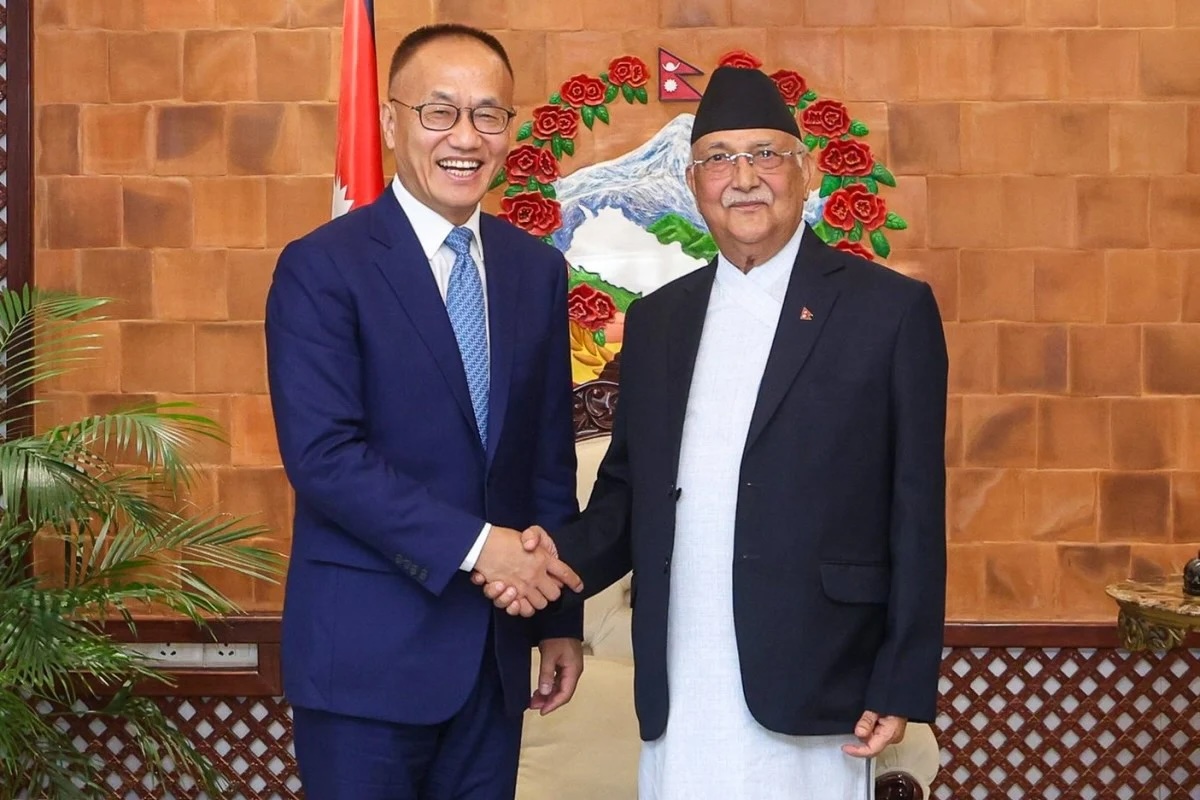China’s Himalayan Power Play: Is Nepal Becoming the New Battleground for Asia’s Superpowers?

Kathmandu/Beijing/New Delhi — In a bold move that could reshape the Himalayan region, China is racing to connect itself to Nepal through a sprawling trans-Himalayan network project—stirring strategic anxiety across the Indian subcontinent. On a high-profile visit to Kathmandu, Chen Xiaodong, the head of the China International Development Cooperation Agency, announced Beijing’s intent to “accelerate construction” on the much-debated corridor, with ambitious plans stretching from roads and railways to new energy and health initiatives.
This fresh momentum in China-Nepal ties arrives as Beijing and New Delhi appear to be patching up diplomatic wounds left by the deadly 2020 border clash, yet the real contest for regional dominance may just be shifting to Nepal’s doorstep. Chen’s call for “aligning development strategies” was made public via official Chinese channels on Wednesday, signaling a clear message: China is doubling down on its Nepal strategy.
For decades, India has considered Nepal part of its natural sphere of influence, sharing deep cultural and economic ties with the landlocked neighbor. But in recent years, Beijing’s relentless investment—amounting to hundreds of millions of dollars in highways, hydropower plants, and industrial zones—has pulled Kathmandu closer, raising alarms in New Delhi and beyond. The linchpin of this rivalry is the $8 billion cross-border railway from Shigatse in Tibet to Kathmandu, first championed by Chinese President Xi Jinping in 2019 and now gaining new momentum as feasibility studies are fast-tracked.
Indian officials, wary of China’s infrastructure encroachment, have publicly voiced concerns that the rail project is a Trojan horse for Beijing’s strategic ambitions. Despite this, Nepal’s leaders have attempted to walk a diplomatic tightrope, simultaneously promising to accelerate their own railway connection to India. However, Prime Minister K.P. Sharma Oli’s decision to make China his first overseas stop—bucking decades of tradition—has sent an unmistakable signal about Kathmandu’s shifting allegiances.
The opening of Lizi Port in 2023, a new trading hub at the border in Tibet’s Shigatse prefecture, further cements China’s growing presence. Now the fourth major trade channel across the 1,400-kilometer border, Lizi Port is set to transform the regional economic landscape and give Beijing even greater leverage over Nepal’s trade and logistics.
For the people of Nepal, these geopolitical maneuvers are not just abstract games of power—they have real-life consequences, affecting livelihoods, infrastructure, and the country’s very sovereignty. Many Nepalis welcome investment that brings roads, electricity, and new opportunities, while others fear the loss of autonomy and the risk of becoming a pawn in a larger game between two superpowers.
As China and India circle each other warily, the world’s attention is turning to Nepal—not as a passive spectator, but as a pivotal player in Asia’s newest high-stakes contest. Whether Nepal can maintain its delicate balancing act, or is forced to pick a side in this unfolding regional rivalry, remains the question hanging over the Himalayas.

![From Kathmandu to the World: How Excel Students Are Winning Big [Admission Open]](https://nepalaaja.com/img/70194/medium/excel-college-info-eng-nep-2342.jpg)
